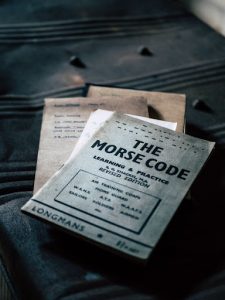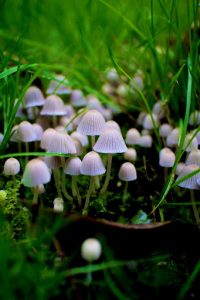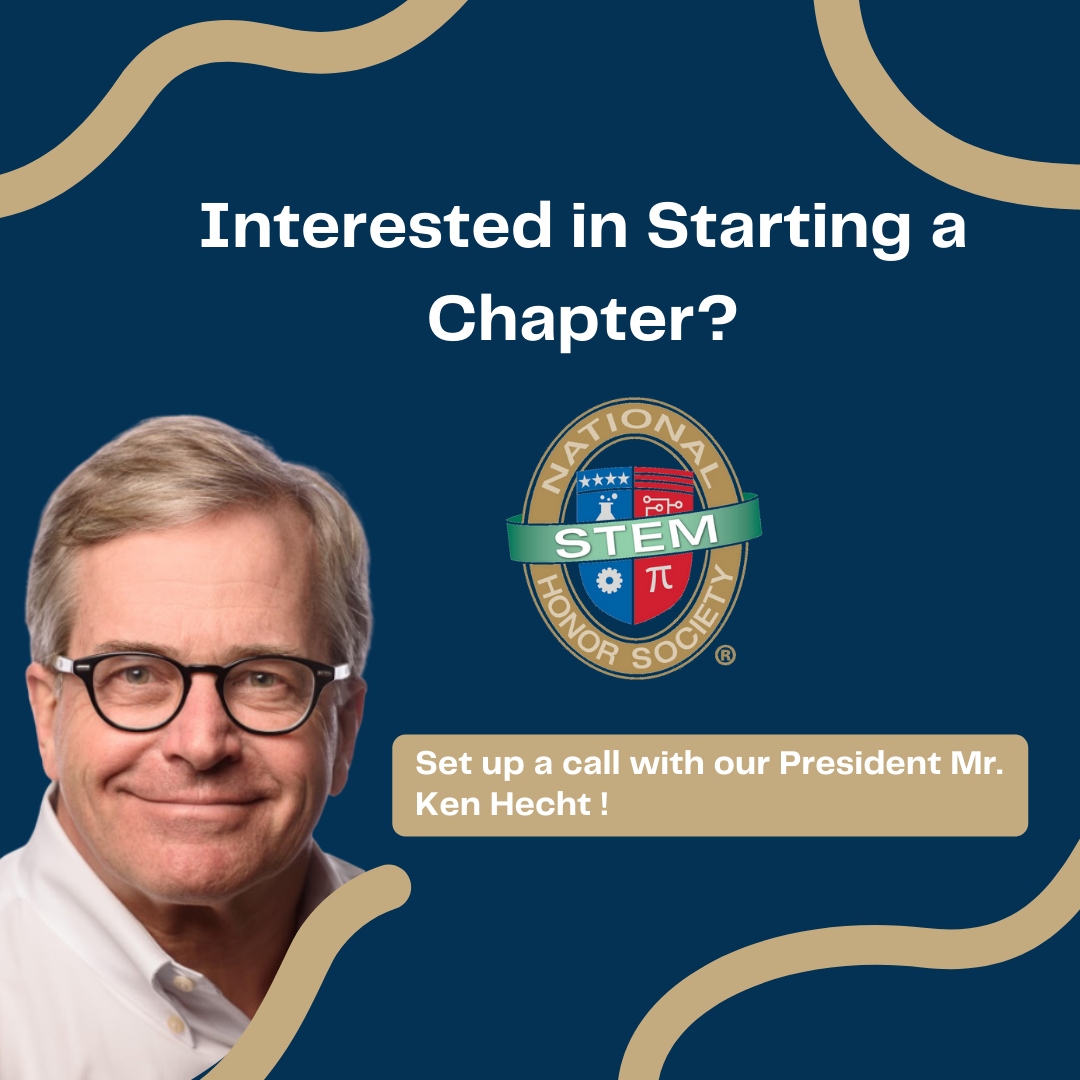There’s a common misconception that you have to be the right “fit” for STEM. From a young age, people craft a perception of where they fit into the world. Often, this perception is very black-and-white which allows little room for the proverbial grey area.
This can lead to a lack of exploration in multiple interests and natural skills. In short, it’s the generalization that limits curiosity.
At NSTEM™, we value creative minds, unique perspectives, and the pursuit of all passions even outside of STEM subjects. Simply put, because you paint doesn’t mean you’re barred from dabbling in chemistry or coding. Additionally, just because you code doesn’t mean you’ll never learn how to dance.
To prove our point, we have compiled a list of people who are both influential individuals in STEM as well as in the arts.
Samuel Morse

“Before Morse was an inventor, he was an artist.” After he graduated from Yale, he became an apprentice to Washington Alliston, an acclaimed painter. From there, he pursued his passion for art at the Royal Academy of Arts in London.
While he primarily painted historical masterpieces, his most intricate painting is Gallery of the Louvre.
It was long after he gained notoriety from his rather large history paintings that he made a significant scientific discovery. In fact, Samuel Morse is more well-known for inventing the Morse Code than for his collection of artworks.
Fortunately, even after his remarkable invention and long-lived painting career, his passion soared. He founded the National Academy of Design and devoted his time to educating up-and-coming artists.
Anna Atkins
It’s impossible to study the world around you without noticing its beauty, too.

Anna Atkins was a botanist who enjoyed taking pictures of her specimens. She began “motivated by her belief that the visual appearance of plants possessed both botanical importance and aesthetic interest.” Initially, her goal was to create Photographs of British Algae to accompany the Manual of British Algae.
After achieving this, she experimented with other subjects and photographic techniques which enabled her to grow as an artist. Unfortunately, her identity was removed from her work for a lengthy period. But now, she can be appreciated alongside her photographs for eternity.
Lisa Kudrow
There are more recent examples of artistically inclined STEM figures. (Or, in this case, STEM-inclined artistic figures!) Kudrow is most popularly known as Phoebe Buffay from the ever-popular TV show Friends, but earlier in her life, she was a research biologist.
Before pursuing a career in acting, Lisa Kudrow received a Bachelors of Science in biology from Vassar College in New York. Afterward, she returned home to work with her father at his pediatric practice and to start her research projects.
With some encouragement, she started auditioning, but she didn’t give up her research right away. She earned a few small roles before being cast in her breakout role in Friends.
Strive to be Uniquely Passionate
People are complex, unique, and capable of incredible talent and influence. Nobody will ever fit neatly into just one box, identity, or passion. At NSTEM, we believe creative talents can transfer to creative problem solving, fresh perspectives, and overall excellence in STEM fields. Don’t be afraid to step out of your comfort zone and try something different. Expand your mind, your interests, and your curiosity.
You never know where it may lead you.
Written By: Emily Hyser
July 16th, 2021
